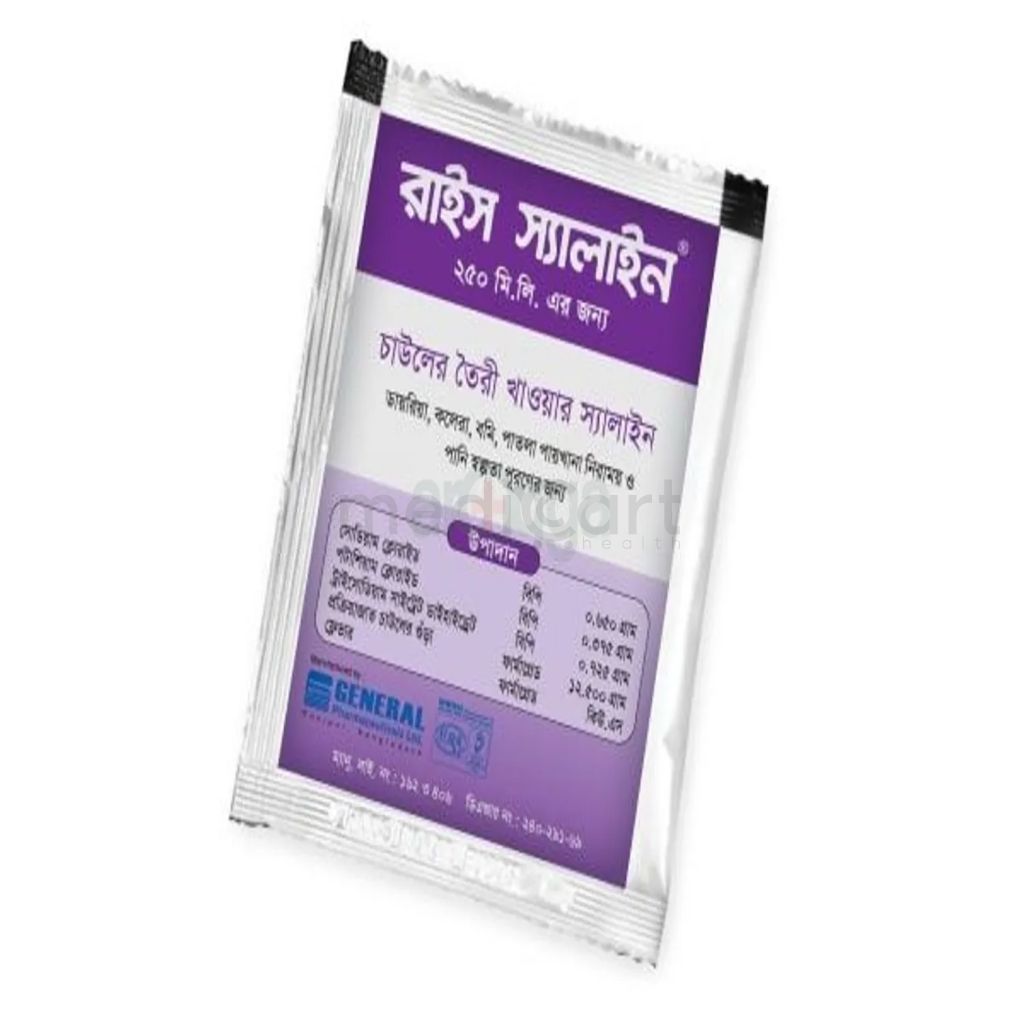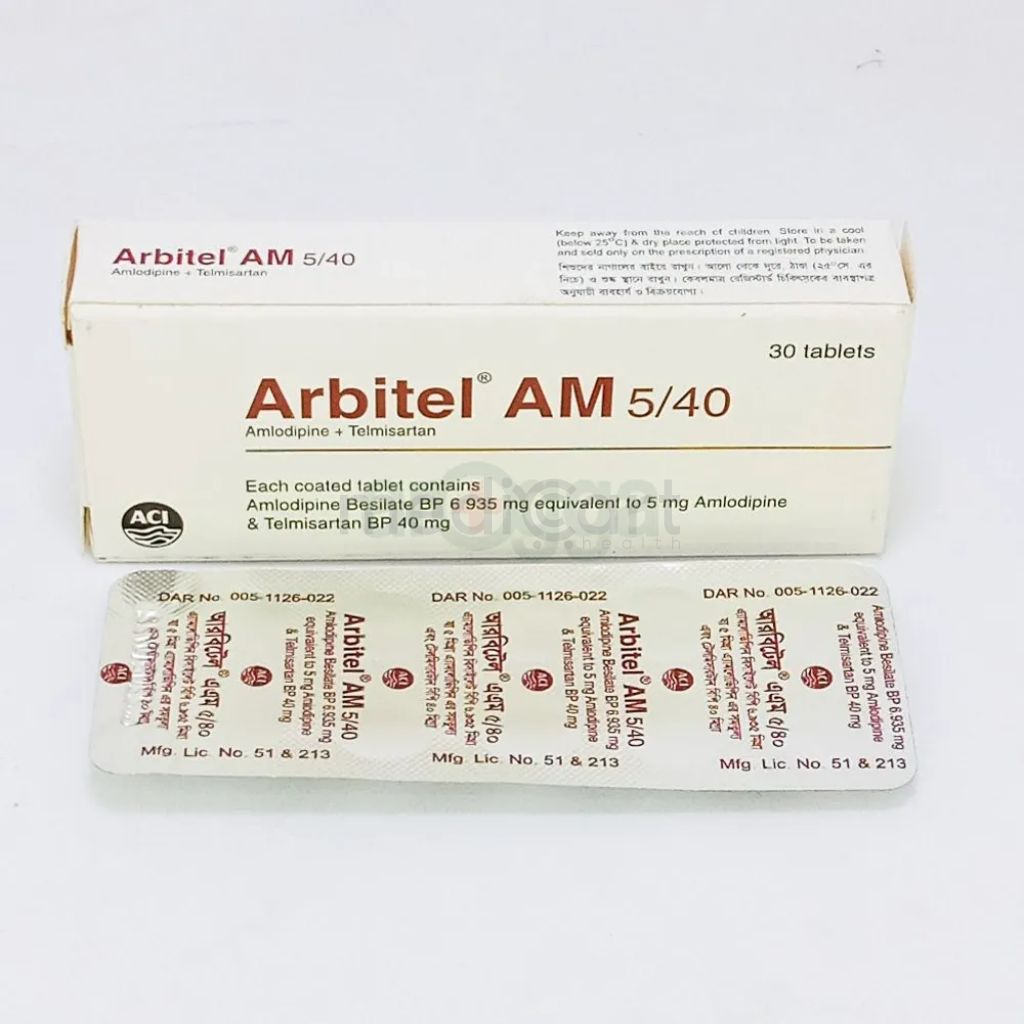

Rice Saline - 500ml
Oral Saline
Pack Size :
1 Piece x 1 Sachet
Manufacturer :
General Pharmaceuticals Ltd.
Best Price *
TK
10.00
* Delivery will be done in Dhaka city only.
More Information About - Rice Saline - 500ml
Description
Generic Name
Potassium Chloride + Rice powder + Sodium Chloride + Trisodium Citrate (Rice ORS)Precaution
Precautions should be taken in case of significant overdose, especially for the following patients - Children less than 1 year of age Patients with imbalance of salt concentrations in the blood (electrolyte imbalance) Patients with severely decreased kidney and liver functionIndication
Dehydration, Acute diarrhoea, Cholera, Vomiting, Acute fluid and electrolyte lossContra Indication
Kidney failure resulting in diminished production of urine (oliguria) Kidney failure, preventing production of urine (anuria) Obstruction of the stomach or intestines Reduced blood flow to vital internal organs (shock) Severe and continuous vomiting (intractable vomiting) Severe dehydration Severe diarrhoea in infantsDose
N/ASide Effect
Some studies have reported a slightly increased risk of hyponatraemia (low plasma sodium concentration) in patients who have received this ORS. However this decrease, which was very limited, was not associated with any clinical signs.Pregnancy Category
Name : Not Classified
Description
FDA has not yet classified the drug into a specified pregnancy category.Mode of Action
Potassium chloride is a major cation of the intracellular fluid. It plays an active role in the conduction of nerve impulses in the heart, brain and skeletal muscle; contraction of cardiac skeletal and smooth muscles; maintenance of normal renal function, acid-base balance, carbohydrate metabolism and gastric secretion. Sodium chloride is the major extracellular cation. It is important in electrolyte and fluid balance, osmotic pressure control and water distribution as it restores sodium ions. It is used as a source of electrolytes and water for hydration, treatment of metabolic acidosis, priming solution in haemodialysis and treatment of hyperosmolar diabetes. It is also used as diluents for infusion of compatible drug additives. Trisodium Citrate to active bicarbonate.Interaction
N/APregnancy Category Note
N/AAdult Dose
Oral Adult 200 ml to 500 ml for each loose motionChild Dose
Oral Child 6 month to 23 months: 50 ml to 100 ml for each loose motion 2 years to 9 years: 100 ml to 200 ml for each loose motion 10 years or more: 200 ml to 500 ml for each loose motionRenal Dose
N/AAdministration
N/ADisclaimer
The information provided herein are for informational purposes only and not intended to be a substitute for professional medical advice, diagnosis, or treatment. Please note that this information should not be treated as a replacement for physical medical consultation or advice. Great effort has been placed to provide accurate and comprehensive data. However, Medicart along with its authors and editors make no representations or warranties and specifically disclaim all liability for any medical information provided on the site. The absence of any information and/or warning to any drug shall not be considered and assumed as an implied assurance of the Company.






